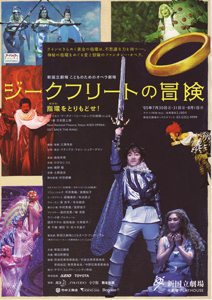Rei Naito's artworks are going to be featured on the cover from the October issue of Bungakukai. The dialogue was intended to be a kick-off introduction of the artist to the readership of Bungakukai.
Rei Naito, a good friend of mine, is known for her exquisite arrangement of small things in a carefully prepared space. She believes, she said, that if you sincerely attend to one small thing in the world around you, that thing will reward you with a deep presence of beauty which makes you thankful for the very existence of the world as it is here and now. She has always lived with that particular sense of the appreciation of small things that be, without any specific reference to the already established religions or systems of thought. Her works are thankful depiction of the blessings that are apparent around us, sometimes buried in the busy goings of a modern world, but present all the same at any time. Like any great pieces of art Rei Naito's work makes us aware of what we've always known and unconsciously carried within us, but became oblivious in the busy daily execution of practical things.
After the dialogue we had a merry time in the "Pizza Mia" Italian restaurant near Bungeishuju building. The editor-in-chief Shigeki Okawa and Ms. Naoko Yamashita, who has edited my "Literature in the brain" essays in Bungakukai, were also present. The restaurant owner, the chef, and the waiter are all Italian. For strange and unknown reasons they do not speak a word of Japanese although the restaurant is situated in the heart of Tokyo and almost all the customers from local. The whole situation gave you a sense of traveling abroad, which was a nice little piece of midsummer's dream.
Rei Naito's "Pillows for the Dead" from the installation "Being Called"





